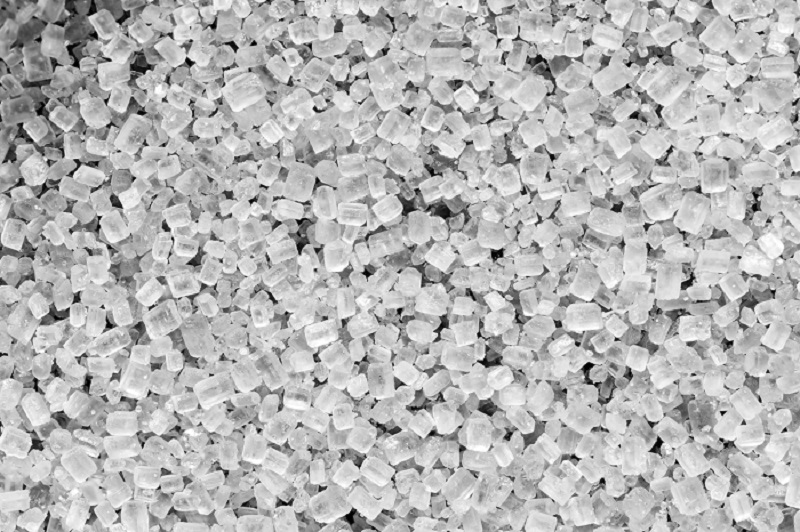We know about Mishri and how much it is chosen after meals. Even in hotels, mishri is served with saunf as a mouth freshener. But do we know that different types of mishri are available in the market?
Don’t worry! This article will help you know about the type of Mishri available in the market.
Types of Mishri
– Threaded Mishri
It is also known as Dhaga Mishri. Dhaga Misri, sometimes called Bhura sugar or Khand, is a kind of rock sugar that forms giant crystals slowly using a seeding thread. It is made from evaporated sugarcane juice and is a wholesome and less processed alternative to ordinary table sugar. Because Mishri is light and easily digestible, it helps digestion and keeps you from gaining weight. Furthermore, it helps manage foul breath. In India, it’s customary to take Mishri with fennel seeds (saunf) after a meal for its digestive qualities. Mishri’s calming and cooling properties make it perfect for hot or acidic medications and treating low-grade fevers. Unexpectedly, taking an additional dose of Mishri after eating gives you a quick energy boost and helps fight lethargy. Having experience with Ayurvedic medicine, Mishri is beneficial in treating coughs and releasing mucus when taken without chewing.
– Cutting Mishri
“Cutting Mishri” could describe rock sugar, which has been cut or processed into particular shapes or forms for cooking or as a decorative ingredient. The Mishri may be shaped into cubes, rectangles, or other predetermined shapes during cutting. This can be done to make cooking and baking easier or to dress up pastries with a garnish. In conventional settings, Mishri may be divided into several sections for use. For instance, Mishri is sometimes fashioned into elaborate forms, such as sticks or threads, and used as decorative accents or to give food a distinctive texture. It is essential to note that, based on the culinary or cultural setting, cutting Mishri is used differently.
– Small Machine-made Crystal
Mishri tiny machine-made crystals are created using a controlled, automated process with specific tools. The initial step in the production process is carefully selecting premium raw ingredients, including refined sugar. The equipment for this procedure is designed to ensure consistency and accuracy. The reduced size of these crystals results from techniques like cutting or breaking larger Mishri crystals into smaller, more manageable pieces.
This accuracy is necessary to produce homogeneous crystals consistent in size and shape. You get a batch of uniformly shaped, machine-made crystals perfect for culinary uses and convenient packaging. These crystals can be used in various recipes, drinks, or single servings because of their consistent size and shape, which permits predictable dissolution rates. This mechanized system improves the efficiency and quality control of Mishri manufacturing to suit the needs of both commercial and residential use.
– Large crystallized lumps
This type of Mishri is made without using threads. Large crystals are regarded as the more popular varieties of Mishri because of their distinct characteristics, making them different from man-made, smaller crystals. Their irregular shapes and range of sizes can be attributed to the intentional inclusion of larger crystallized lumps in the commercial Mishri manufacturing process. Unlike the precise and controlled techniques to form tiny crystals, these larger lumps often result from a less controlled or typical crystallization process. The sugar naturally generates larger chunks as it cools and crystallizes with the help of this procedure. This process gives the sugar a more natural, rustic appearance, bringing out its crystalline structure.


